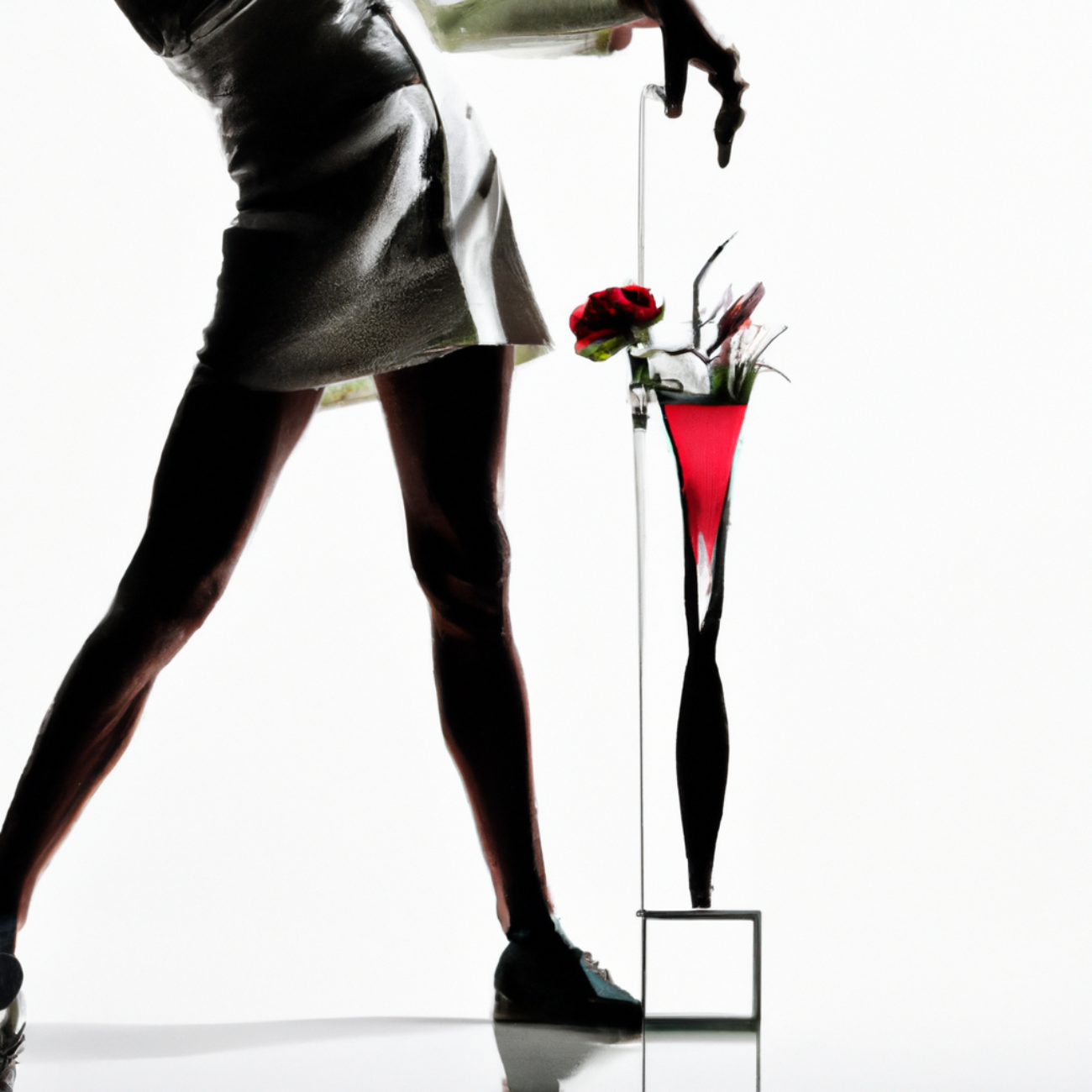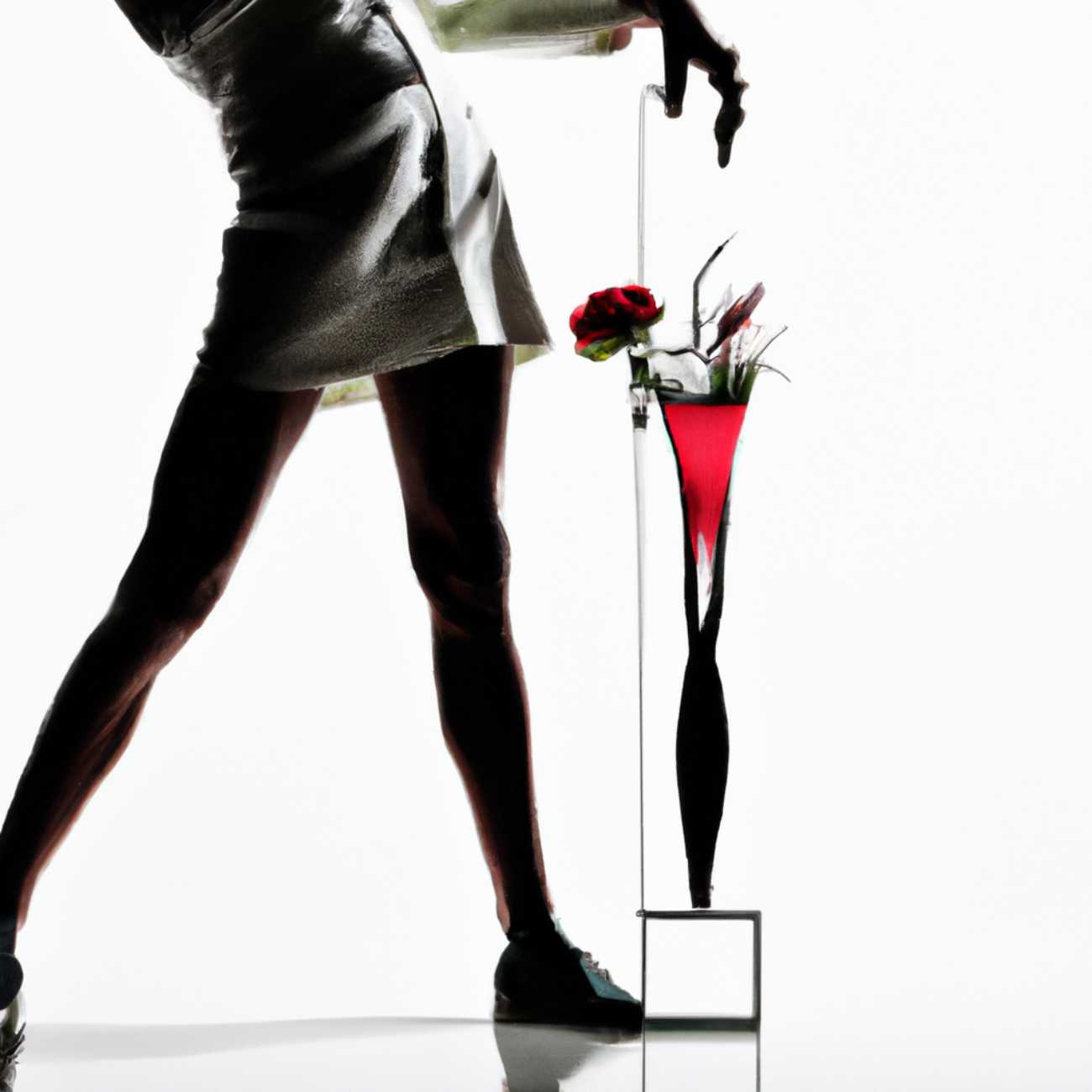
Photography is a diverse art form, but fine art photography stands out for its ability to blend visual beauty with personal vision. While many types of photography capture reality as it is, fine art photography pushes boundaries by transforming ordinary scenes into artistic expressions. It’s not about the subject itself but about how the photographer sees and interprets it.
In this blog, we’ll explore what fine art photography is, offer tips on how to approach it, and suggest some of the best gear for fine art photographers at any level.
What is Fine Art Photography?
Fine art photography is a genre where the photographer’s creativity takes center stage. Unlike commercial or documentary photography, where the objective is to represent facts or products, fine art photography is subjective and often more abstract. It’s about conveying a concept, emotion, or a vision through an image.
From minimalist landscapes to complex portraiture, fine art photographers create photographs that evoke emotions and tell stories in unique, artistic ways. Every detail—composition, lighting, color, or even the lack thereof—works together to communicate the photographer’s message.
Why Choose to Do It?
For photographers, fine art photography offers creative freedom. You’re not just capturing what you see—you’re interpreting it. Whether you’re inspired by surrealism, abstract forms, or natural beauty, it’s an outlet for expressing your inner artist.
It’s also a rewarding genre to explore because there are no hard rules. As long as your work reflects your artistic vision, anything goes. The only thing that limits you is your imagination.
How would I get started?
Starting your journey can seem daunting, but it’s about finding your style and experimenting with new techniques. Here’s how you can begin:
1. Define Your Vision
Fine art photography begins with an idea. Ask yourself what you want to communicate with your work. Do you want to evoke nostalgia, explore emotions, or create a sense of wonder? Your vision will shape the entire process, from shooting to editing.
2. Experiment with Composition
The composition is key to this kind of photography. Think about the placement of elements within the frame. Traditional rules like the rule of thirds can still be useful, but don’t be afraid to break them to suit your artistic style.
3. Play with Lighting
Lighting sets the mood of your photos. Soft, diffused light creates a dreamy atmosphere, while harsh lighting can make your images feel dramatic or intense. Fine art photographers often manipulate natural or artificial light to enhance their creative vision.
4. Post-Processing: Enhance Your Story
Editing is a crucial step in this field. Tools like Adobe Lightroom or Photoshop allow you to refine your images and bring your artistic ideas to life. While editing, you can adjust colors, exposure, contrast, and even add textures or layers to make your images feel more painterly.
5. Print Your Work
One of the unique aspects of fine art photography is the emphasis on the final print. Unlike many other genres that live on screens, fine art photography often takes on a new life when printed. High-quality printing options like Giclée prints can elevate your work from a photograph to a piece of art.
Choosing the Right Gear for Fine Art Photography
Gear can play a significant role in fine art photography. From cameras to lenses and accessories, each tool contributes to the creative process. Whether you’re a beginner or a professional, having the right equipment can help bring your artistic vision to life.
1. For Beginners: Affordable Yet Capable
If you’re just starting out, you don’t need to invest in high-end equipment right away. Some affordable yet powerful cameras are perfect for capturing high-quality images while giving you room to explore your artistic style.
Recommended Cameras:
- Canon EOS Rebel T7i: With an intuitive interface and excellent image quality, this camera is perfect for beginners looking to experiment with fine art photography.
- Nikon D3500: Known for its ease of use and sharp image quality, the D3500 is a great starting point for those just venturing into this genre.
Recommended Lenses:
- Canon EF 50mm f/1.8 STM Lens: This lens is affordable and versatile, providing a shallow depth of field and great bokeh, ideal for portraits and artistic shots.
- Nikon AF-S DX NIKKOR 35mm f/1.8G Lens: Another budget-friendly option, this lens offers sharp focus and is excellent for low-light situations.
2. For Intermediate Photographers: Exploring More Options
As you grow more confident in your artistic vision, it might be time to upgrade to a mirrorless or DSLR with more features. These cameras give you greater control over settings like ISO, shutter speed, and aperture, allowing for more creativity.
Recommended Cameras:
- Sony Alpha A7 III: This full-frame mirrorless camera is beloved by many fine art photographers for its incredible dynamic range, fast autofocus, and compact design.
- Fujifilm X-T4: With stunning color science and the ability to shoot in high resolutions, the X-T4 is perfect for photographers who want flexibility in post-processing.
Recommended Lenses:
- Sony FE 24-70mm f/2.8 GM Lens: A versatile lens for Sony users, the 24-70mm range is excellent for everything from wide landscapes to portraits with beautiful bokeh.
- Fujinon XF 56mm f/1.2 R Lens: Known for its beautiful sharpness and bokeh, this lens is ideal for portrait fine art photography.
3. For Pros: High-End Gear for Serious Artists
If you’re a professional fine art photographer, your gear is a critical part of your workflow. High-end cameras and lenses allow for maximum creativity, with advanced features that push the boundaries of what’s possible.
Recommended Cameras:
- Leica Q2: Leica is known for its precision and image quality. The Q2’s full-frame sensor and fixed lens make it a favorite among fine art photographers who want a premium, minimalist setup.
- Hasselblad X1D II 50C: With medium format quality in a compact body, this camera offers exceptional image quality, perfect for large prints and gallery exhibitions.
Recommended Lenses:
- Leica Summilux-M 50mm f/1.4: If you’re shooting with Leica, this lens is renowned for its sharpness and ability to handle light beautifully, making it perfect for fine art portraiture.
- Hasselblad XCD 45mm f/3.5 Lens: A superb medium-format lens with incredible detail, perfect for high-end fine art photography projects.
Conclusion: Your Fine Art Photography Journey
Fine art photography is a personal and artistic journey. Whether you’re working with a basic DSLR or a high-end medium format camera, what truly matters is your vision. Gear can enhance your work, but it’s your creativity that will ultimately turn a photo into a piece of art.
Explore your creative ideas, play with different styles and techniques, and find joy in the process of creating art through photography. Whether you’re shooting to exhibit your work or simply to express yourself, fine art photography is an exciting and rewarding pursuit.
Liked this post? Check out some of our others:
The Best Camera Setup for Portrait Photographers
The Top Gear for Fashion Photographers

